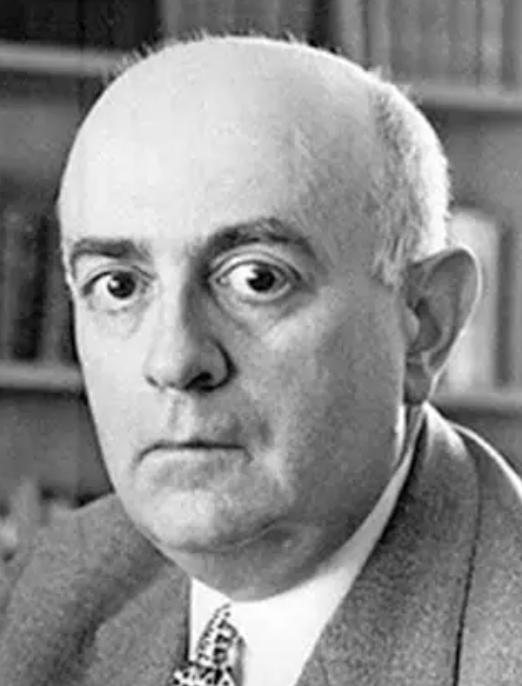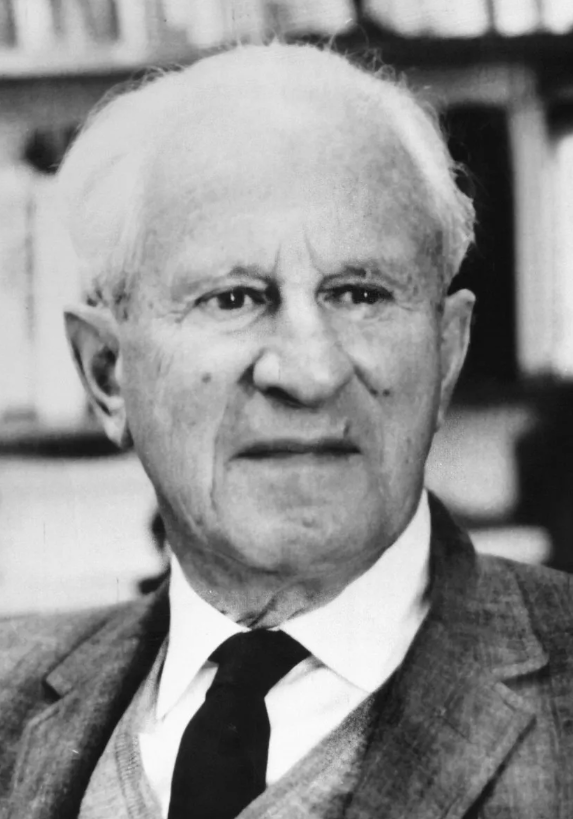The Frankfurt School
The Frankfurt School wasn’t a physical “school” so much as a group of mostly German-Jewish intellectuals in the 1920s–30s. They were affiliated with the Institute for Social Research in Frankfurt am Main, founded in 1923.
Key figures included Max Horkheimer, Theodor Adorno, Herbert Marcuse, Erich Fromm, and later Jürgen Habermas. Many of them fled Nazi Germany and continued their work in the U.S. before returning to Europe after World War II.

Max Horkheimer

Theodor Adorno

Herbert Marcuse

Erich Fromm

Jürgen Habermas
Critical Theory and Influence
Horkheimer coined “critical theory” in a 1937 essay. It was meant to distinguish their approach from “traditional theory,” which they saw as detached, purely academic, or too focused on explaining the world without questioning it. The core idea was that critical theory should not just analyze society, but critique and change it — exposing hidden power structures, domination, and inequality.
This group was influenced by Karl Marx, but unlike orthodox Marxists, they focused less on economics alone and more on culture, ideology, and psychology as tools of domination. They asked: why didn’t Western workers revolt as Marx predicted? Their answer: culture, mass media, and consumerism shaped consciousness and prevented revolution.
Adorno & Horkheimer’s famous work Dialectic of Enlightenment (1944) introduced the concept of the “culture industry.” They argued that movies, radio, advertising, and popular culture kept people passive, distracted, and compliant.
The “critical” in critical theory meant: to reveal domination (in politics, economics, family, race, gender, etc.) so that humans could be freed from it.
The group was controversial. On the left — some Marxists accused the Frankfurt School of being too abstract or pessimistic, not revolutionary enough. On the right — since the 1990s, “critical theory” has been invoked in political debates (often under “cultural Marxism” or “critical race theory”), sometimes inaccurately. Critics argue it undermines Western traditions by teaching people to see oppression everywhere. In academia, the group’s theories laid the foundations for fields like cultural studies, media studies, gender theory, and critical race theory.
